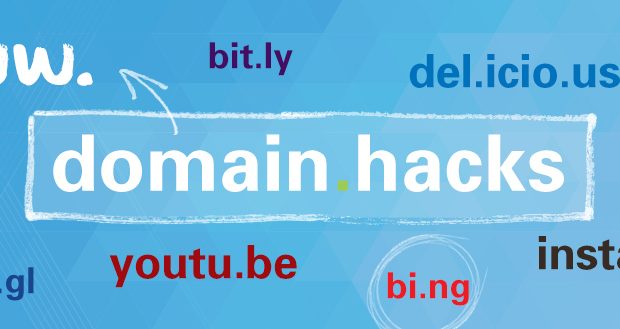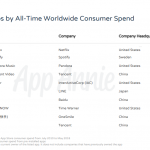Domain Hacks: All You Need To Know About Them
With most of the good, short and catchy domain names being unavailable in the market, it has become difficult to find good domain names for new websites. Back in the day, before generic Top Level Domains (gTLD) came out, most .com extensions were already taken.
Today, however, with more TLDs available, you can tweak your idea to create an interesting new domain name, even if a traditional ‘.com’ domain name has been taken, . This is called a domain hack. They also become a cheaper alternatives to buying an expensive domain name just for the sake of the branded effect.
Domain hacks have their own perks, but also have some cons. Read on to know all about them.
What Does A Domain Hack Do?
With a domain hack, the idea is to break up a particular domain name to form a new domain name entirely. For example, if you want a website called whatsmyname.com, but it’s already taken, you could change it to whatsmyna.me, with a .me extension.
An extension belonging to a geographically specific region is called Country Code TLD (ccTLD). Most webmasters employ ccTLDs to create interesting domain hacks.
Why Domain Hacks?
Here are some instances when domain hacks can be useful.
Scarcity Of .com TLDs: As mentioned before, the .com extension for the name you want for your website might be unavailable to use. And even if they are available, they’re likely to be expensive. Domain hacks, on the other hand, can work out far cheaper.
Branding: Domain hacks make your website stand out from the crowd and give it a touch of modernity. Domain hacks also excite early adopters and can increase the curiosity of new users, encouraging them to sign up.
Shorter URL: This is generally for bigger brands where they can use shorter URLs to promote their brand on social media websites. For example, Google uses ‘goo.gl‘, a domain they use for their online URL shortening tool.
Google’s URL Shorterning Tool Online Is Aptly Called Goo.gl
Are Domain Hacks Useful?
The usefulness of domain hacks is questionable- it’s a lot like street art. They don’t have any particular significance, but are creative and exciting concepts to behold. Other than these pros, there can be some downsides to domain hacks too.
Not For Primary Domain Names: As domain hacks are not very popular the industry, they aren’t as much recognised. In case your website is whatsmyna.me, there are chances that your customer reflexively types in whatsmyname.com, because of sheer habit.
ccTLDs Are Treated Differently: Google considers only some of these extensions to be truly international because most of them cannot be geo-targeted to a specific location.
Government Regulations: Some foreign governments hold the right to shut certain domains down in case they violate some of their laws, without leaving any alternatives for you as a webmaster. It might be rare, but these possibilities do exist.
Less Clarity: Since the .com extensions are common, using them in spoken language is also a lot easier compared to a shortened URL. Consider chr.is- it is simpler to say chris.com over the phone compared to c-h-r-dot-i-s.
Not Always Cheap: Some domain hacks can be quite heavy on the pockets. The .tt (Trinidad and Tobago) extension costs $600 per three years for foreigners. The .na (Namibia) extension costs are a whopping $7000 a year for foreigners. These tend to depend on the country and can be avoided using a domain hack search tool.
Complex Buying And Renewal Procedures: Some country codes require a fax to be sent for every renewal term. While most domain names can be purchased with a PayPal payment, some of them still use archaic methods. To buy a domain name from Bahamas (.bs) you need to make a wire transfer or hand over the payment in person.
Having said this, it is still true that domain hacks are going beyond these limitations and are becoming popular. Some of them are .us (United States), .co (Columbia), .ly (Libya), .tv (Tuvalu), and .io (Indian Ocean Territory).
A lot more of the gTLDs (Generic TLDs) are going to be launched. You can also have your own TLD if you have $185,000 lying around.
Imagine a TLD with your name!
With domain hacks becoming more and more popular on an unprecedented scale, it is almost narrow-minded to think that .com will always retain its position in the hall of fame.
Domain hacks offer an interesting branding alternative for your website. But it is also important to make sure that you know about all the risks they carry before using them. Also, remember that .com will continue to hold the throne for quite some more time in the future.
Since people tend to prefer ‘.com’ TLDs, most domain name generators show results with ‘.com’ extensions first. ‘.com’ TLDs can be substantial for e-commerce stores. Generators within a software solution such as the Business Name Generator on Shopify prioritises ‘.com’ TLDs because it’s natural for an e-commerce venture to be a company.

















